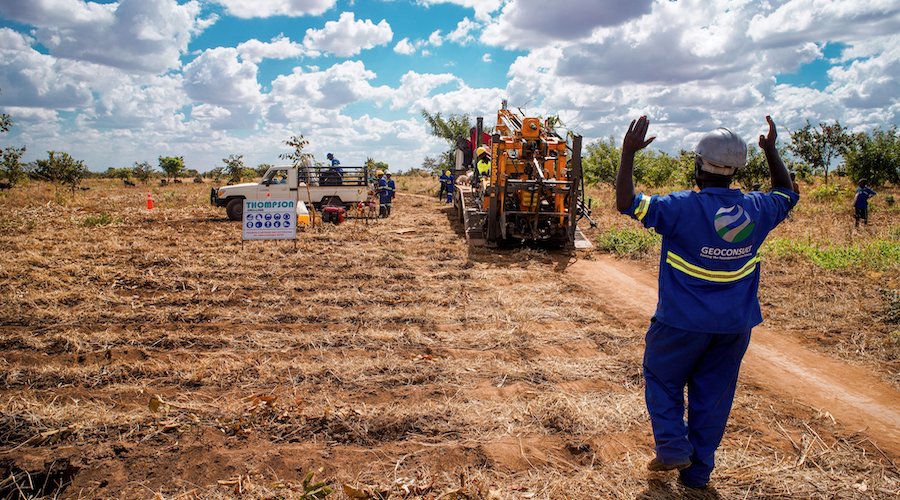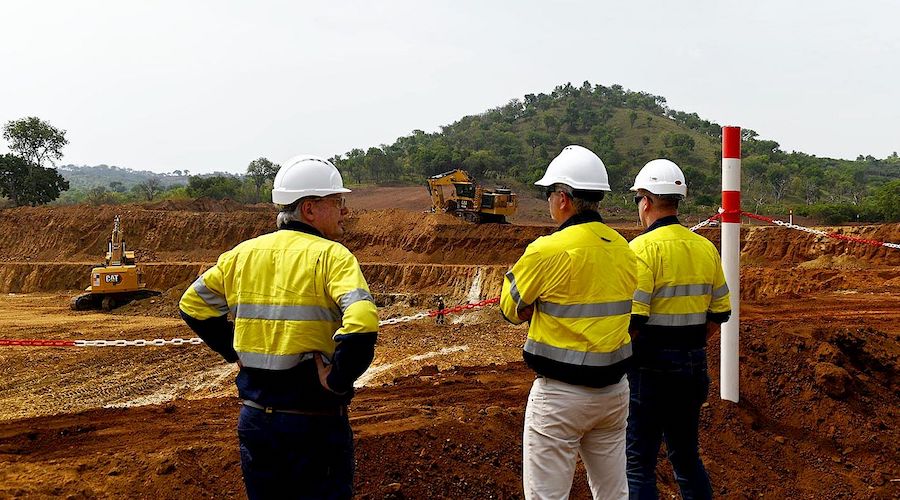The 5 biggest challenges facing the mining sector
In the five years since the Mount Polly mine disaster, British Columbia’s mining industry has focused on tailings pond management and obtaining social licence for resource extraction projects. Its other priorities include integrating new technology and hiring a demographically diverse workforce.
Julia Gartley, a mineral process engineer at BBA Vancouver, outlines what she sees as the five biggest challenges facing the mining sector today.
• Tailings pond management: Mount Polley and other dam failures have sharpened mining-sector focus on improving tailings management through safety reviews and emergency management plans. Filtration, cycloning and dry stacking are among the improvements being incorporated in tailings pond dam construction.
•Metal prices: Prices have either returned to their 2014 levels after mild growth or dropped below them. Copper prices are lower than they were five years ago, and nickel has dropped to roughly its 2014 level. The exception is the price of gold, which has risen. Operators are consequently focusing on getting more out of their existing operations and systems.
•Industry 4.0: Miners need to incorporate the benefits and efficiencies of artificial intelligence, machine learning, autonomous vehicles, the internet of things and other elements of the fourth industrial revolution in their operations.
•Social licence: Heightened public awareness of potential environmental damage from resource extraction has forced mining companies to pay more attention to obtaining social licence to operate by pursuing strategies like appointing a director of sustainability.
•Changing demographics: Mining’s current workforce, which is made up primarily of male baby boomers, is aging into retirement, so the industry is working to attract younger people by highlighting how mining is becoming more technology focused.
Share this content:















Post Comment